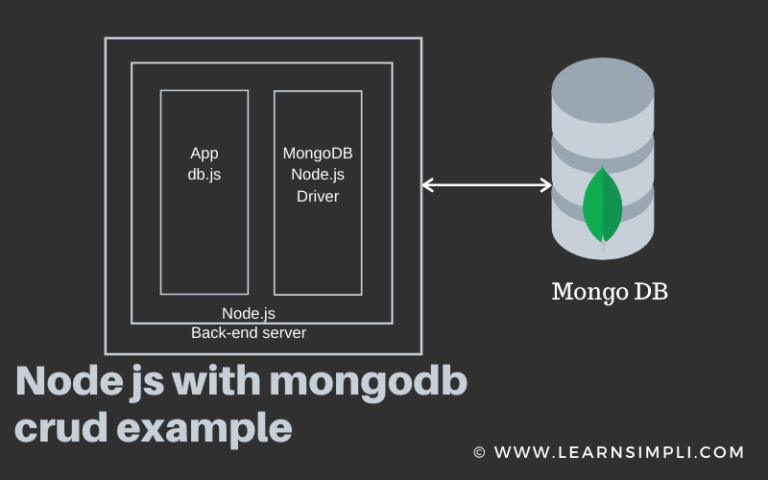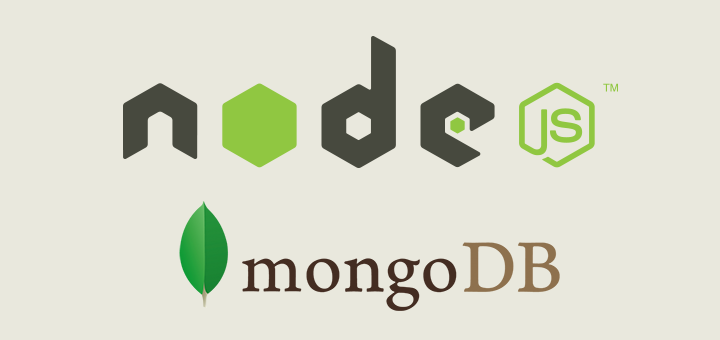
ObjectId data type commonly specifies a link to another document in yourĭatabase. To automatically know to update the property when saving.

That Mongoose provides, such as data validation and detecting entity changes Be wary of using this data type as it loses many of the great features Thisįield resembles how many developers may use MongoDB because there is no defined A common example of binaryĭata would be an image or an encoded file, such as a PDF document.ĭata type turns the property into an "anything goes" field. Several exceptions that may jump out to you, such as Buffer, Mixed, ObjectId,īuffer data type allows you to save binary data. The eight allowed data types should be quite familiar to you. Number and Date properties both support specifying a minimum and maximum value Limit data allowed to be saved during the validation process Type also allows you to specify the following additional options: The data is stored and retrieved from the database. To these common options, certain data types allow you to further customize how create indexes to allow data to be fetched faster.You to manipulate the data before it is saved to the database You to manipulate the data before it is returned as an object Mongoose currently contains eight SchemaTypes that a property is saved as Provides an incredible amount of functionality around creating and working with This means that Mongoose allows you toĭefine objects with a strongly-typed schema that is mapped to a MongoDB

This is what makes MongoDB very different fromĪ SQL database like MySQL or Microsoft SQL Server that requires a strongly-defined database schema of each object it stores.Ībility to create dynamic objects that are stored as documents in the database is LastName property, these properties are not required in every user document that The key factors with MongoDB is its flexibility when it comes to structure.Įven though in the first example, the user object contained a firstName and This user object then would typically be part As an example, the above documentĮxample defines a user object. Getting the number of documents in the collection.Īwait moviesCollection.Document then is placed within a collection.

const client = new MongoClient(uri, ) Ĭonsole.log('Document from db: ', document) In case of using TLS, an extra parameter tls: true can be provided to the MongoClient constructor. The URI should have the host and all the credentials required for connecting to the database. The simplest way to connect to your database is by using the URI with all the required data: user, password, database, host, port, and other options such as replica set, TLS, or authSource.

The Node.js MongoDB library supports this setting. This also helps to ensure the client is connected to the intended server. Connecting to your database with TLS encrypts all network data between the MongoDB server and your client.


 0 kommentar(er)
0 kommentar(er)
